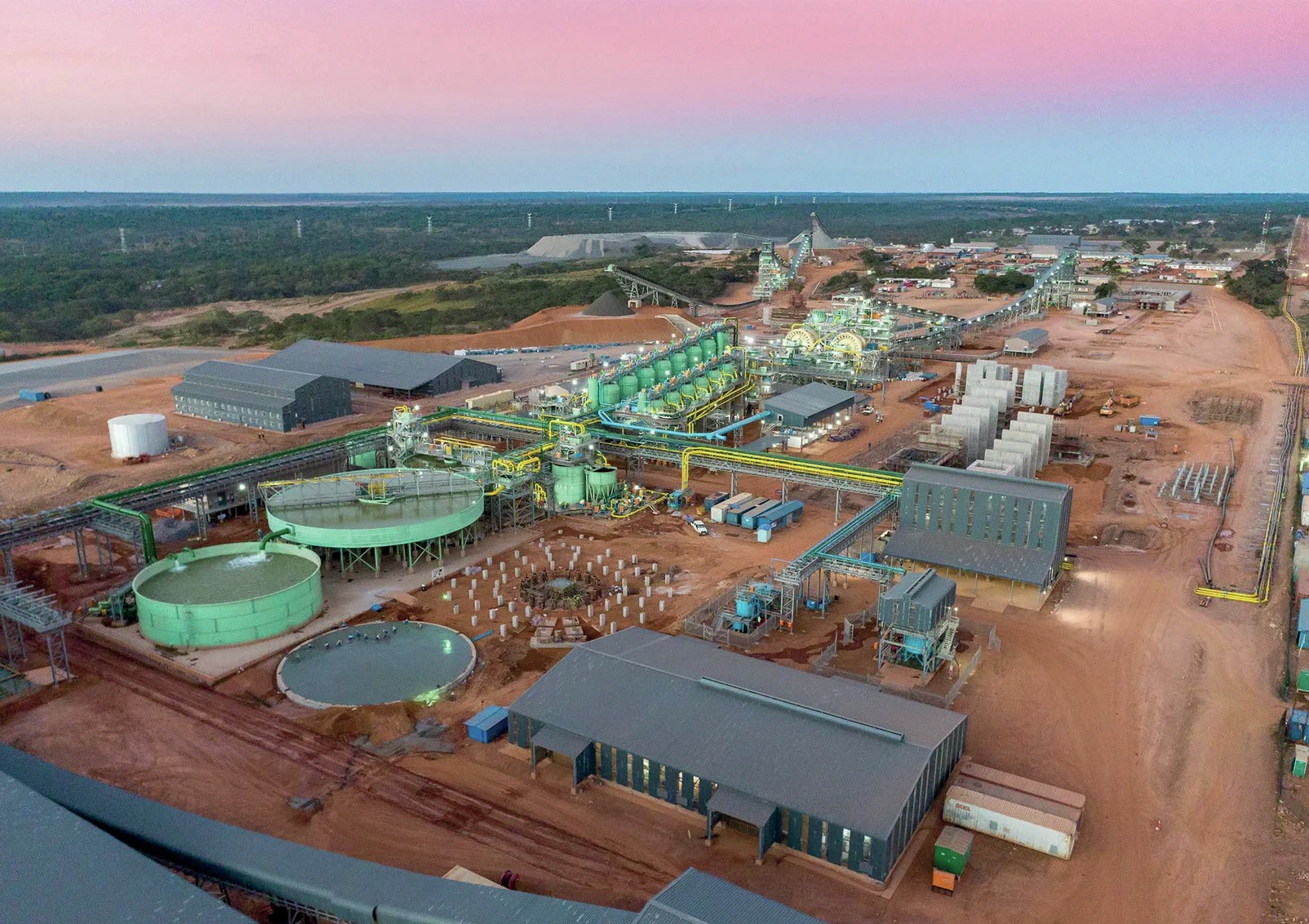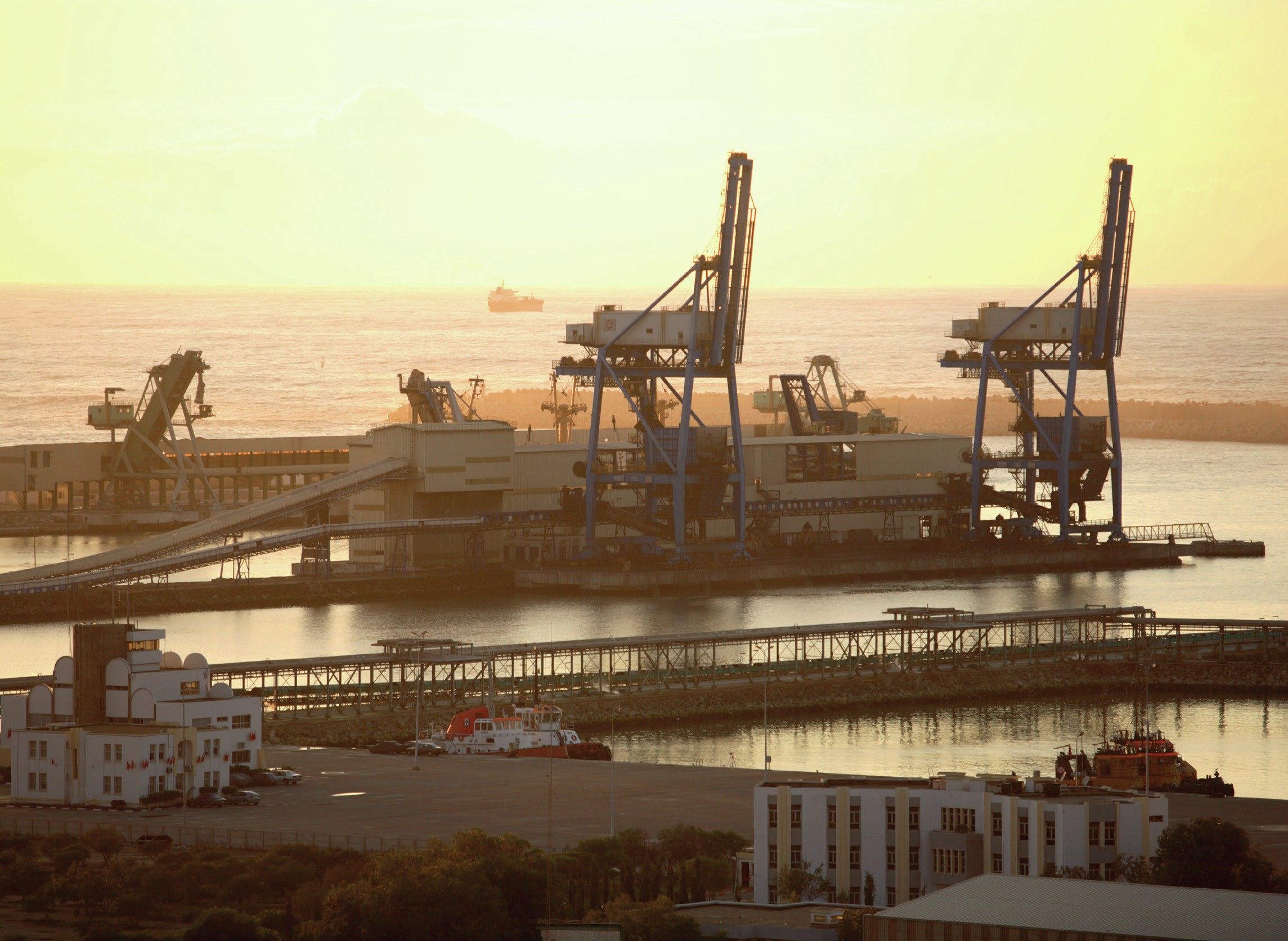Sulphur 393 Mar-Apr 2021
31 March 2021
Sulphuric Acid News Roundup
Sulphuric Acid News
Copper smelter deal nearing closure
Copper major Freeport-McMoRan is reportedly on verge of finalising a $2.8 billion deal with China’s Tsingshan to build a copper smelter in Weda Bay, Indonesia. The Indonesian government said that the companies were aiming to conclude negotiations by the end of March. It also said that most of the financing will be borne by Tsingshan, with Freeport possibly only needing to provide funding for 7.5% of the total project cost. The smelter would have a copper concentrate input capacity of 2.4 million t/a.
In June last year, Indonesia’s minister of maritime affairs and investment said the government had requested that Freeport construct a copper smelter in Weda Bay located in North Maluku in eastern Indonesia, as it seeks to build an integrated smelting hub there. There is no timescale for the completion of the project as yet.
Antam looking to 2024 start-up for HPAL
The Indonesian government says that it is aiming for state-owned PT Aneka Tambang Tbk to produce 50-100,000 t/a of nickel sulphate when its high-pressure acid leach plant begins operations by 2024, according to Agus Tjahajana, head of Indonesia’s EV battery project acceleration team. Speaking to Reuters, he said: “nickel sulphate… precursors and cathodes… will be used primarily for the needs of domestic and export industries.”
Agus also said that Indonesian production of precursors and cathodes for batteries will reach 120-240,000 t/a by 2024. The precursors and cathodes production will be spearheaded by a joint venture of PT Pertamina and Mining Industry Indonesia. Domestic electric vehicle manufacturers are aiming to start producing vehicles in 2022. Wood Mackenzie has forecast that nickel sulphate production in Indonesia could reach 450,000 t/a in 2027, driven by increasing demand for electric vehicles.
BRAZIL
Brazilian Nickel to proceed with heap leaching project
Brazilian Nickel says that it has received an installation license for PNP1000, the first phase of its Piauí nickel-cobalt laterite project in the northeast of Brazil. The permit, issued by the Piauí state environmental watchdog, allows the company to begin construction work, with first nickel and cobalt hydroxide production expected in the second quarter of 2022. The company will expand its existing demonstrator plant to produce 1,400 t/a of nickel and 35 t/a of cobalt via a heap leach process. A second phase aims to expand production to 25,000 t/a of nickel and 900 t/a of cobalt. Engineering and construction group SNC Lavalin, which produced the project’s bankable feasibility study, says that ore processing at Piauí will have an “inherently low carbon dioxide footprint” compared to rival HPAL based processes. The project has been backed to the tune of $25 million by the US government, via one of the funding partners, battery metals investment company TechMet.
EGYPT
EPC contract awarded for sulphuric acid plant
Russian project management company Nuberg EPC has been awarded an engineering, procurement and construction contract on a lump sum turnkey basis to build a 500 t/d sulphuric acid plant in Egypt. The project, is for Sprea Misr, a chemicals and plastics manufacturer in Ramadan City, Egypt. Nuberg EPC will also supply technology for the plant based on double contact double absorption (DCDA) process technology. The project also incorporates a 5MW turbine with a steam-based power generation plant with a complete bypass arrangement. Sulphuric acid produced in the plant will be supplied to the local fertilizer industry for the production of urea and other fertilizers.
This is Nuberg’s fourth recent project in Egypt, including a sulphuric acid plant for Agrochem in Alexandria.
A. K. Tyagi, MD, Nuberg Engineering commented, “We are thankful to Sprea Misr for entrusting our turnkey project engineering capabilities and our EPC services and solutions with its sulphuric acid plant. We are excited to partner with them and strengthen our relationship even further. We are committed to commission the project by the first quarter of 2022, faster than the industry average of 16 months.”
INDIA
Rama begins production from acid plant
Rama Phosphates Ltd says that it has begun commercial production of sulphuric acid and its derivatives from its new manufacturing facility (Unit-2) at its existing factory premises at Indore. The plant produces 55,000 t/a of sulphuric acid, as well as 9,000 t/a of chlorosulphonic acid, 20,000 t/a of liquid SO3 , 33,000 t/a of 23-27% oleum and 25,000 t/a of 65% oleum. The new facility takes the company’s total acid capacity at Indore to 155,000 t/a.
Minister inaugurates iron sulphate and sulphuric acid plants
The Chief Minister of Kerala state Pinarayi Vijayan has officially opened a new iron sulphate recovery plant and a revamped sulphuric acid plant at Travancore Titanium Products Ltd (TTP) in Kochuveli, at a ceremony also attended by Industries Minister E.P. Jayarajan, TTP chairman A.A. Rasheed and managing director George Ninan.
The iron sulphate recovery plant is capable of producing 165 t/d of iron sulphate, or copperas, which is produced as a by-product of titanium dioxide manufacture at TTP. “The recovery of copperas will help TTP to come out with iron sulphate as a value-added product. Additionally, the quality of titanium dioxide produced at TTP too will improve,” TTP managing director Georgee Ninan said.
The plant was constructed at a cost of $4.6 million, including $2.1 million sanctioned by the present LDF government. The copperas recovery plant would also help TTP cut down pollution, company officials said. The sulphuric acid plant, originally built in 1995, has been revamped at a cost of $1.35 million.
SWEDEN
Metso Outotec restructures Swedish operations
Metso Outotec has announced that it will cut approximately 80 positions, mainly in its Minerals, Metals, and Services business areas in Sweden. The company says that most of the layoffs will take place at its operations in the northern municipality of Skellefteå and the central municipality of Sala. Outotec is in negotiations with local trade unions concerning the restructuring and operational reduction of its operations in Sweden, relating to new product strategies and business model changes and synergy targets from the 2020 Metso Outotec merger. Outotec Oyj and Metso Corporation’s Minerals business merged in early 2020, with Metso shareholders owning 78% and Outotec shareholders 22% of the combined company.
AUSTRALIA
Potassium sulphate output to begin in April
Australia’s first potassium sulphate (also known as sulphate of potash or SoP) manufacturer SO4 says that it expects to begin production in April at its site at Lake Way, Western Australia. Initial output will be a water soluble premium grade of SoP, followed by a granular grade in September. Together with new production from Kalium Lakes Ltd (KLL) at Beyondie, 180 km further north, currently 80% complete, the two companies are expected be able to supply all of Australia’s current and expected SoP needs for at least the next 30 years. Both SO4 and KLL will make SoP fertiliser from potassium-rich brine abstracted from beneath the salt crusts on Lake Way and the Ten Mile and Sunshine lakes at Beyondie. SO4 has binding offtake agreements with fertiliser industry partners for 220,000 t/a, or around 85% of its initial planned production. KLL expects to start production in September and aims to initially produce 90,000 t/a of SoP fertiliser before ramping up to 180,000 t/a. Demand for SoP produced by solar evaporation of salt lake brine rather than the conversion of muriate of potash (potassium chloride) via reaction with sulphuric acid at high temperature, is expected to increase as countries move closer to 2050 and 2060 environmental targets.
MADAGASCAR
Ambatovy looking to March restart
Sumitomo Corp has confirmed that it plans to resume operation at its Ambatovy nickel plant in Madagascar in March as planned, aiming to produce 3,000 tonnes of nickel during Q1. Sumitomo may book an additional impairment loss on the project depending on the metal price and its output plan which is being reviewed, according to Hiroyuki Sugai, assistant CFO of the company.
BULGARIA
Decrease in Pirdop smelter output
Aurubis said that the copper concentrate throughput of its smelter in Pirdop, 80 kilometres east of the capital Sofia, decreased by 2% to 327,000 tonnes in the first quarter of its fiscal year 2020/2021, which started on October 1st. Cathode output at Pirdop rose 4% year-on-year to 57,000 tonnes. in the October-December period of 2020, Aurubis said in an interim financial statement published last week. Sulphuric acid output at Pirdop was 332,000 tonnes for the quarter, down 1% on the year.
JORDAN
Indo-Jordan Chemicals boosts phosphoric acid production
A new $6 million expansion project has begun operation at the Indo-Jordan Chemicals Company site at Al-Shediya in the governorate of Ma’an in southern Jordan. Indo-Jordan chemicals is a wholly-owned subsidiary of Jordan Phosphate Mines Co. (JPMC). The expansion will increase the company’s output of phosphoric acid by 24,000 t/a.






